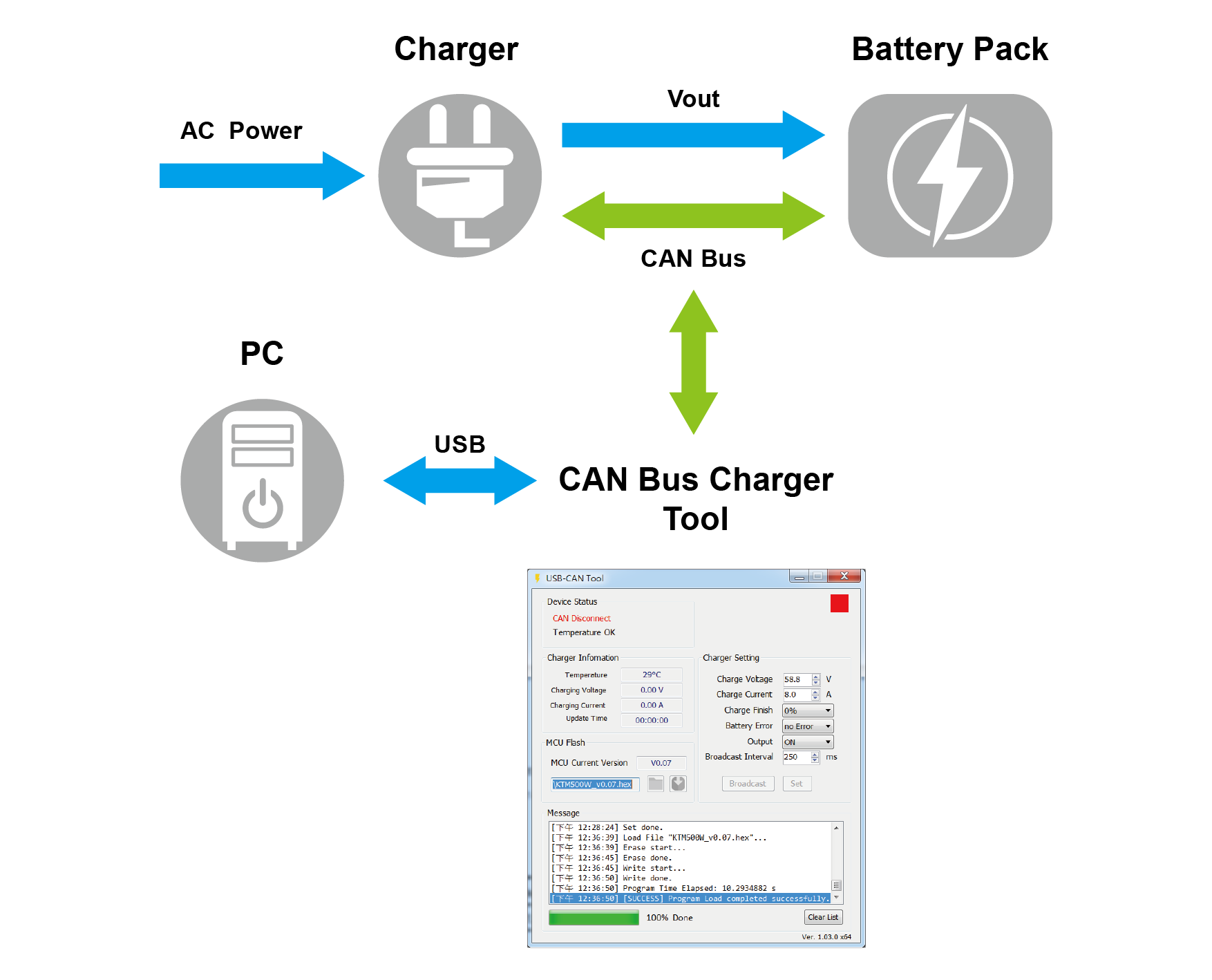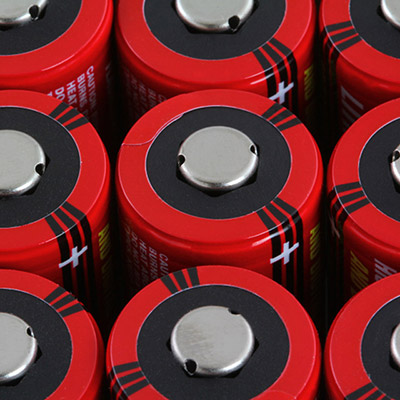How to Charge Lithium Batteries? Lithium Battery Charger Design Basics
Generally, lithium battery chargers charge lithium batteries by means of constant voltage and constant current. A full charge can be checked by the feedback values of the constant voltage and constant current.
Lithium Battery Charging
Battery voltage when fully charged:
Li-ion Batteries 4.2V/Cell
Lithium iron Batteries LiFePO4 3.6V/Cell
When the difference between the battery voltage and the maximum charging voltage is less than 100mV and the charging current is decreased to C/10, the battery is deemed fully charged. C depends on the battery pack or battery cell specifications.
Due to cost considerations, some commercially available chargers do not shut down but remain in the CV mode when fully charged. This method cannot effectively save energy, and floating charging is not recommended for lithium batteries. This differs from the way lead-acid batteries are charged.
As for the anti-reverse mechanism of chargers, if an anti-reverse mechanism is not set up, batteries with an erroneous polarity connection to the charger power supply may result in charger damage or battery short circuits. With an anti-reverse voltage mechanism, the battery, as well as the charger, can be protected. It is a focused design consideration especially for lithium battery packs with a high string count and high capacity.
Design Considerations for Lithium Battery Charger
It is quite common that current electric vehicles, electric bikes, and automatic carriers use battery packs with a high string count and high capacity, which results in higher charging safety requirements. Lithium batteries with a high string count and high capacity mean they are made up of more battery cells with greater battery energy. The more stringent safety requirements are needed for safety concerns. When batteries are charging or discharging, the status of each battery cell, such as voltage, current, and temperature should be considered and monitored. This concerns the life and safety of batteries during operation. Therefore, it is essential to have more comprehensive design considerations to ensure battery safety and effective charging. Thus, chargers with a digital communication function have been more extensively used.
Before charging chargers and batteries with a communication function, the battery management system (BMS) in the battery module will send commands to the charger to set the charging voltage and charging current and turn on the charger through the isolated control area network (CAN bus).
Battery modules and chargers send periodic commands at fixed intervals to ensure normal communication between the battery and charger. The charging voltage, charging current, and temperature are also monitored and recorded. The entire charging process is mainly controlled by the BMS to ensure safety during battery charging.

The CAN Bus Charger Tool developed by FSP can simulate battery and charger communication in order to substantially reduce the entire product development schedule and enhance the convenience of verifying product testing.
The CAN Bus Charger Tool App will allow you to send commands to the charger to set the charging voltage and current through the isolated CAN Bus communication network. The broadcast command interval time can also be set to simulate the battery module sending periodic commands to the charger, thereby ensuring normal communication between the battery and the charger. The charging voltage, charging current, and temperature are also monitored and recorded. During the charging process, the log file generated from the CAN Bus Charger Tool monitoring records can also be used to obtain a charging profile. Through the data in the log file, the entire charging process can be analyzed to ensure battery charging safety and efficiency.
Block Diagram

Refer to the following websites to learn more about lithium battery charger application fields and product features:Battery Charger

